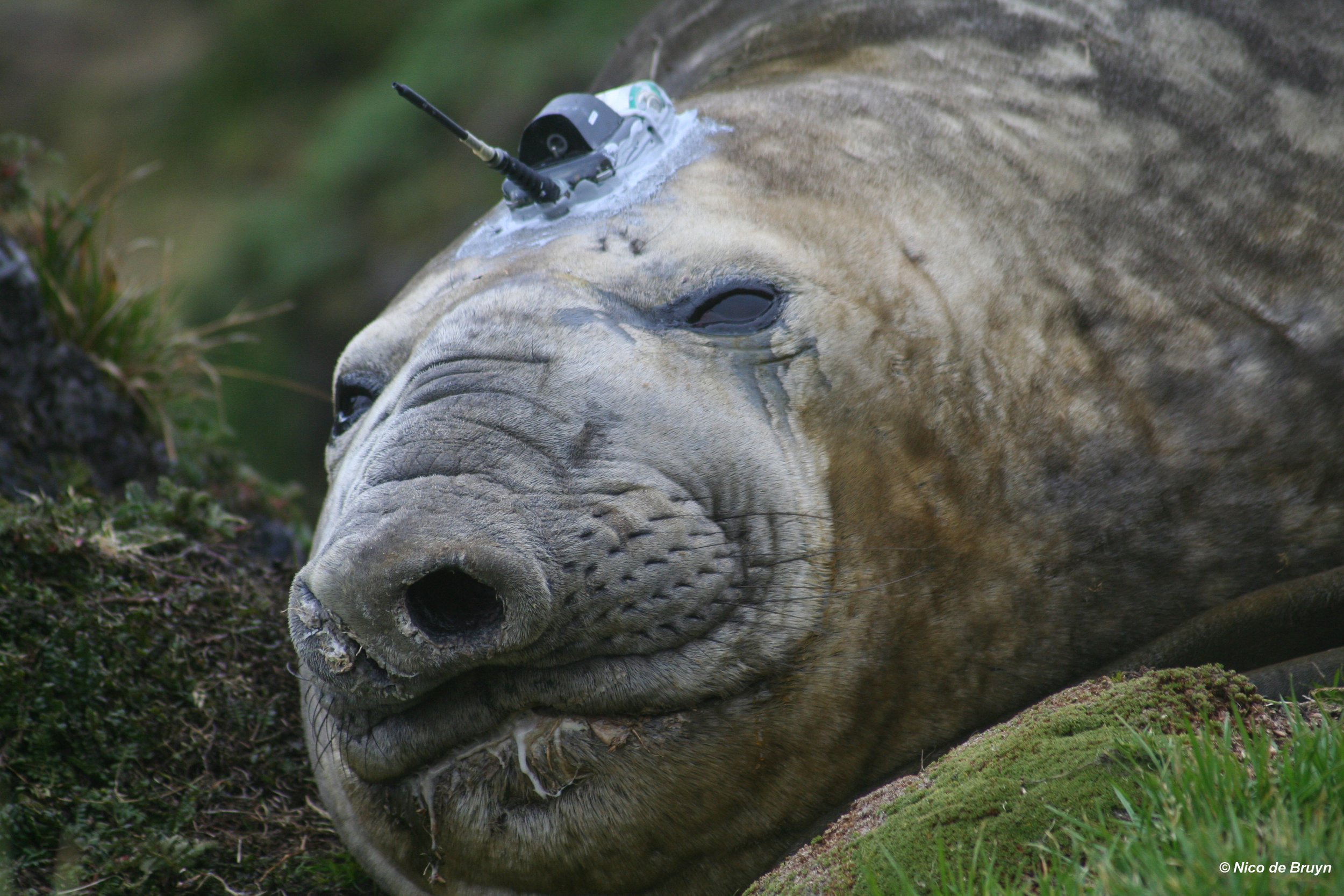NEW PAPER! Killer whales at Marion Island are more social when there is more food
/Since 2006, the Marion Island Marine Mammal Programme (MIMMP) has continuously monitored the killer whale population at Marion Island. Through photo analysis, we have identified 69 individuals at Marion Island, 21 of which were calves born during this period. Various aspects of killer whale ecology, diet, movement social structure and demography have been studied providing insight into how this population compares to other global populations.
A pod of killer whales patrol the Marion Island coastline in search of prey. Photo: Rowan Jordaan
In a new study led by MIMMP Research Assistant and past PhD student, Rowan Jordaan, recently published in Ecology and Evolution, nearly 90 000 photographs taken over 4 739 sightings during 12 years were analysed and used to assess whether the survival of killer whales at Subantarctic Marion Island was influenced by social structure and prey. Prey included species eaten whilst at Marion Island (i.e. Southern elephant seals, king penguins etc.) as well as prey eaten when these killer whales are not at the island (i.e. Patagonian toothfish). We also tested if these same prey species influenced killer whale social structure and reproduction (number of calves) during this same time.
A young killer whale, 4-year-old M062 plays in the swell at Watertunnel Beach. Photo: Rowan Jordaan
Results show that the more social killer whales are, the higher their chance of survival and the greater Patagonian toothfish fishing effort, the greater the survival of Marion killer whales. Furthermore, Marion Island prey was shown to influence the social structure of these killer whales as they were more social when there were more southern elephant seals present at the island. Lastly, none of the prey species included in analyses showed any relationship to the number of killer whale calves born and no environmental variables had any impact on survival or social structure.
Adult male killer whale (M001) sneaks close to a beach hoping catch an unsuspecting king penguins or elephant seal. Photo: Rowan Jordaan
These results suggest that fishery-linked resource availability may be an important influencer of Marion Island killer whale survival. Results suggest that killer whales are able to adjust their social structure in response to changing prey which leads to an increased chance of survival. Lastly, reproduction is not linked to variation in prey numbers suggesting that there are more factors at play in determining when calves are born into this population of killer whales.
The full paper can be read here: https://onlinelibrary.wiley.com/doi/10.1002/ece3.10144



















